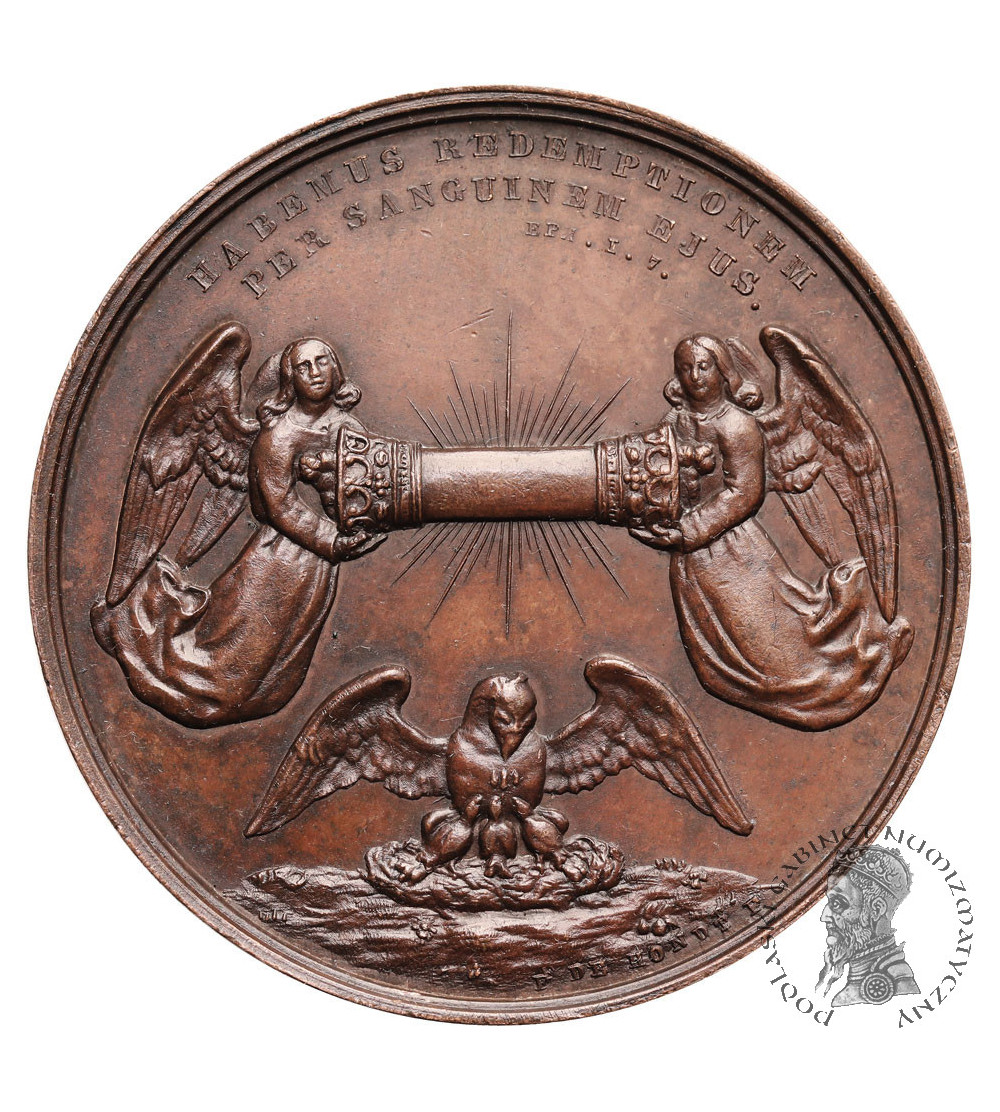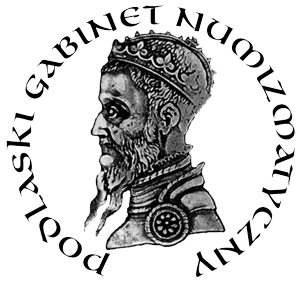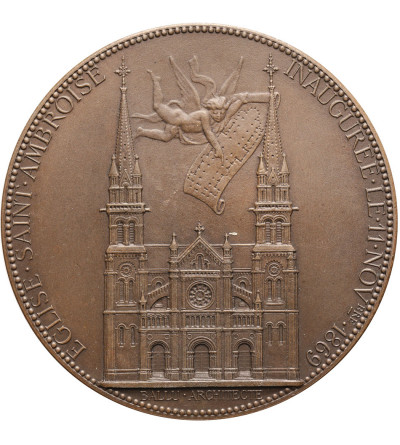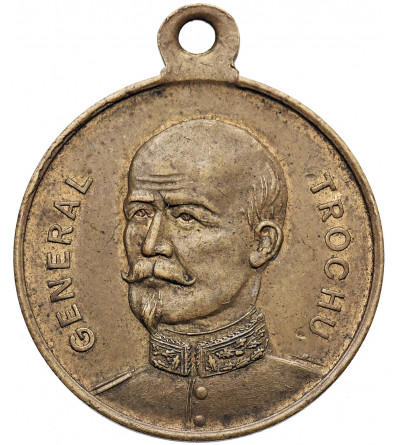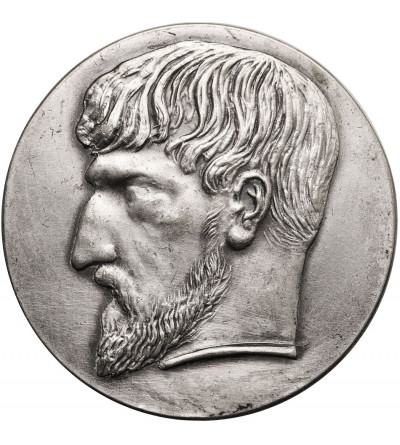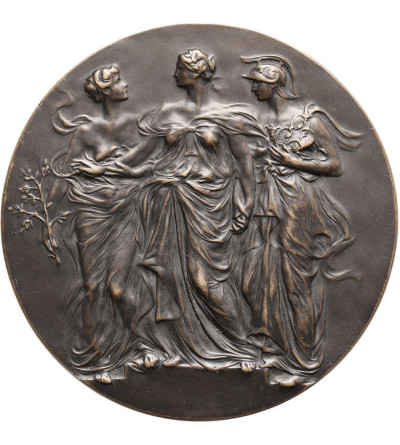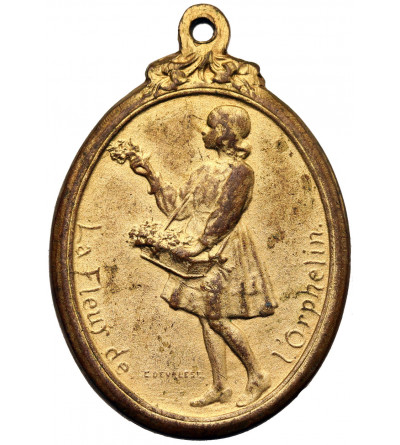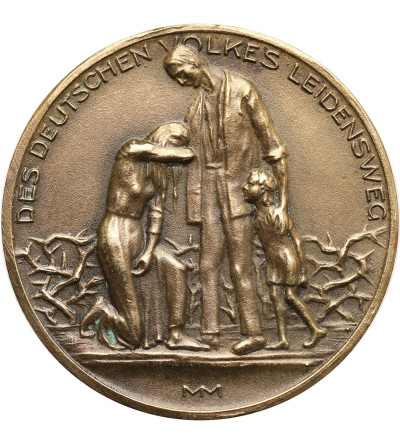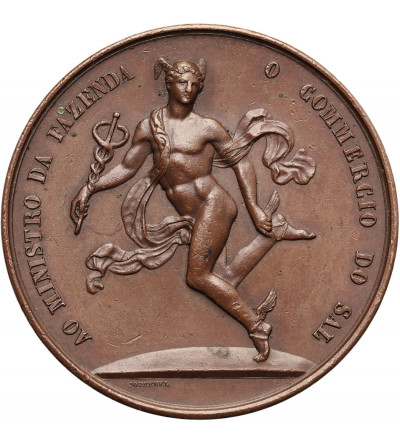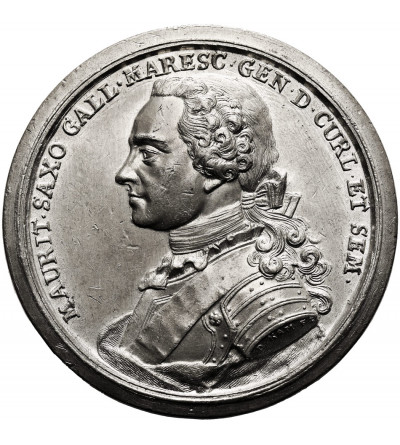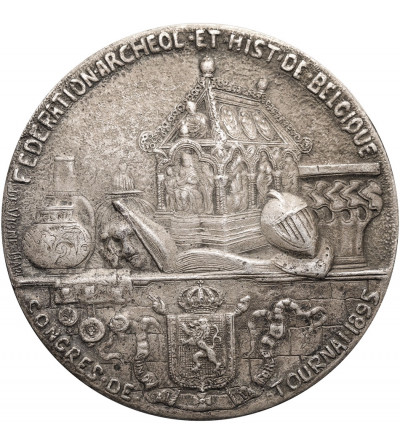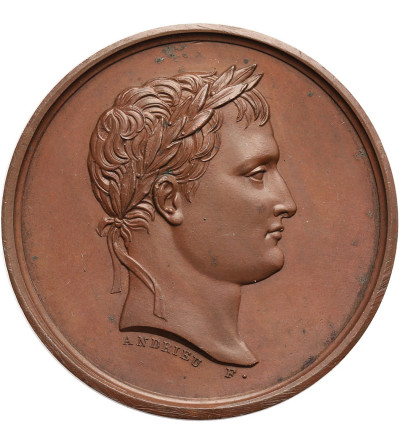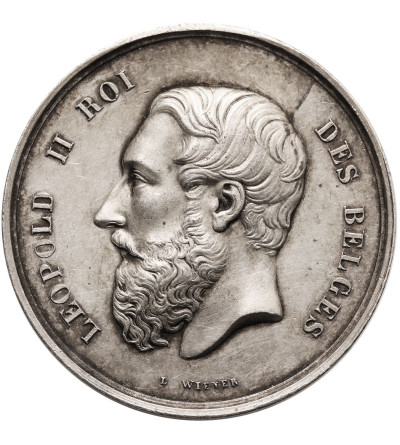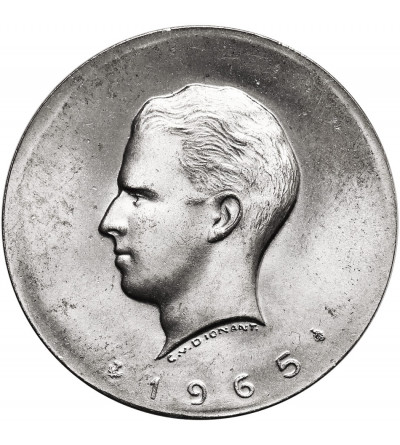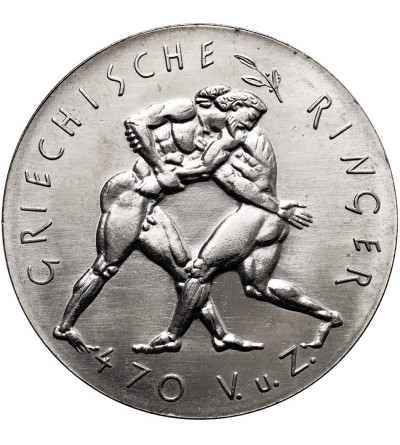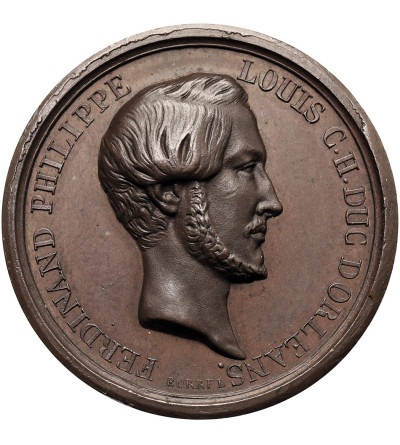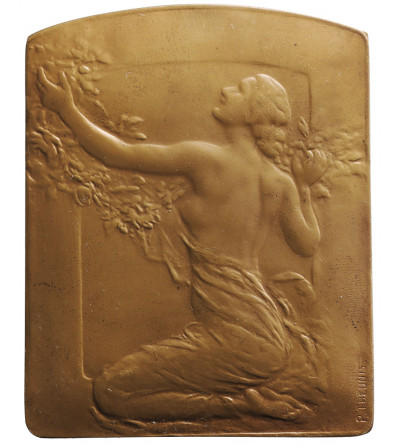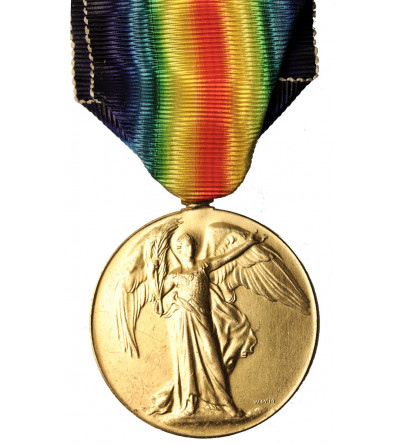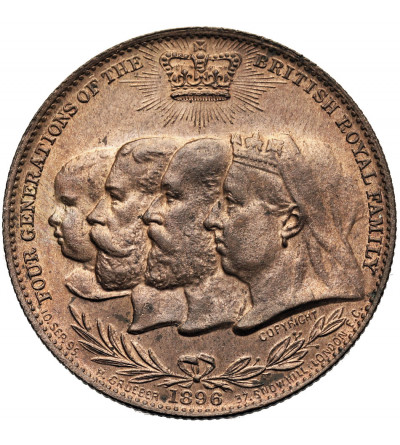The Procession of the Holy Blood in Bruges (Dutch: Heilig Bloedprocessie, French: Procession du Saint-Sang) - an annual procession on the feast of Ascension (40 days after Easter), led by the Bishop of Bruges carrying a relic of the Holy Blood kept in the Basilica of the Holy Blood. In 2009, the procession was added to UNESCO's Intangible Heritage List Holy Blood Relic The Holy Blood Relic is said to be the blood of Christ wiped from his body after the crucifixion by Joseph of Arimathea. The relic is placed in a crystal vial, and this inside a small glass vessel decorated at each end with a gold crown. The relic is kept in a tabernacle in the side altar, but is regularly brought out for adoration by the faithful. According to legend, the relic was brought to Bruges during the Second Crusade by Count Thierry of Flanders of Alsace, who received it with the permission of the Patriarch of Jerusalem from King Baldwin III of Jerusalem. On April 7, 1150, the count arrived in Bruges and gave the relic to the church - the relic rested in the Basilica of the Holy Blood. However, the oldest mention of the Holy Blood relic in Bruges dates back to 1256.
It is more likely, however, that the relic arrived from the Byzantine capital of Constantinople, which was captured by the Crusaders under Count Baldwin IX of Flanders in 1204. In the 12th century, the relic of the Holy Blood, along with many other relics of the Passion, was to be kept in the Chapel of Mary of the Boukoleon Palace in Constantinople. Most likely, Baldwin IX sent the relic of the Holy Blood to Flanders, where his daughters Joan of Flanders and Margaret II of Flanders were competing for power. In all likelihood, the relic was made available for adoration by the faithful even before 1291 - the year of the earliest mention of the procession. After 1303, there were descriptions of a procession going around the city walls. In 1310, the Bruges city council decided to combine the celebration of the adoration of the Holy Blood with the annual two-week market (April 23 to May 22), which helped increase the number of participants in the procession. In 1310, Pope Clement V issued a bull granting an indulgence of five years and 200 days to sinners who participate devoutly in the procession or visit the basilica within 14 days of the procession's passage.
In the 15th and 16th centuries, secular scenes began to be enacted alongside traditional biblical scenes, including those involving statues of giants. Since the religious riots that accompanied the celebration in 1578, the procession has not left the city center. During the Calvinist rule of 1578-1584, when the procession was banned, the relic was hidden in a safe place. The procession resumed in the 17th and 18th centuries. The ban on processions was reintroduced during the French rule in 1798-1819, and the relic was hidden. In the 19th century, processions continued again. Until 1969, the procession was held on the morning of the first Monday after May 2. In 1970, it was decided to move the procession to the feast day of the Ascension (on the 40th day after the Resurrection), which is a public holiday in Belgium. This contributed to an increase in the number of participants - the procession attracts about 30-45,000 participants. Source: wikipedia.org
